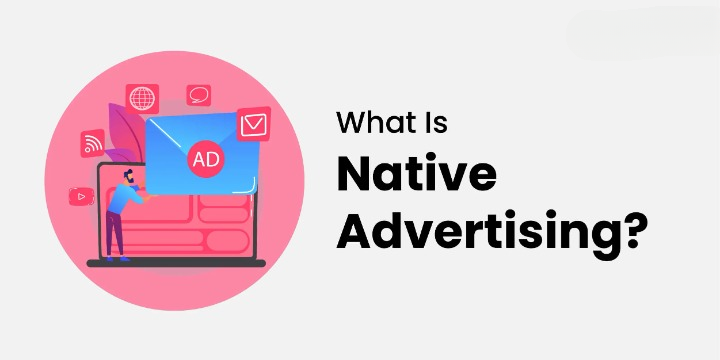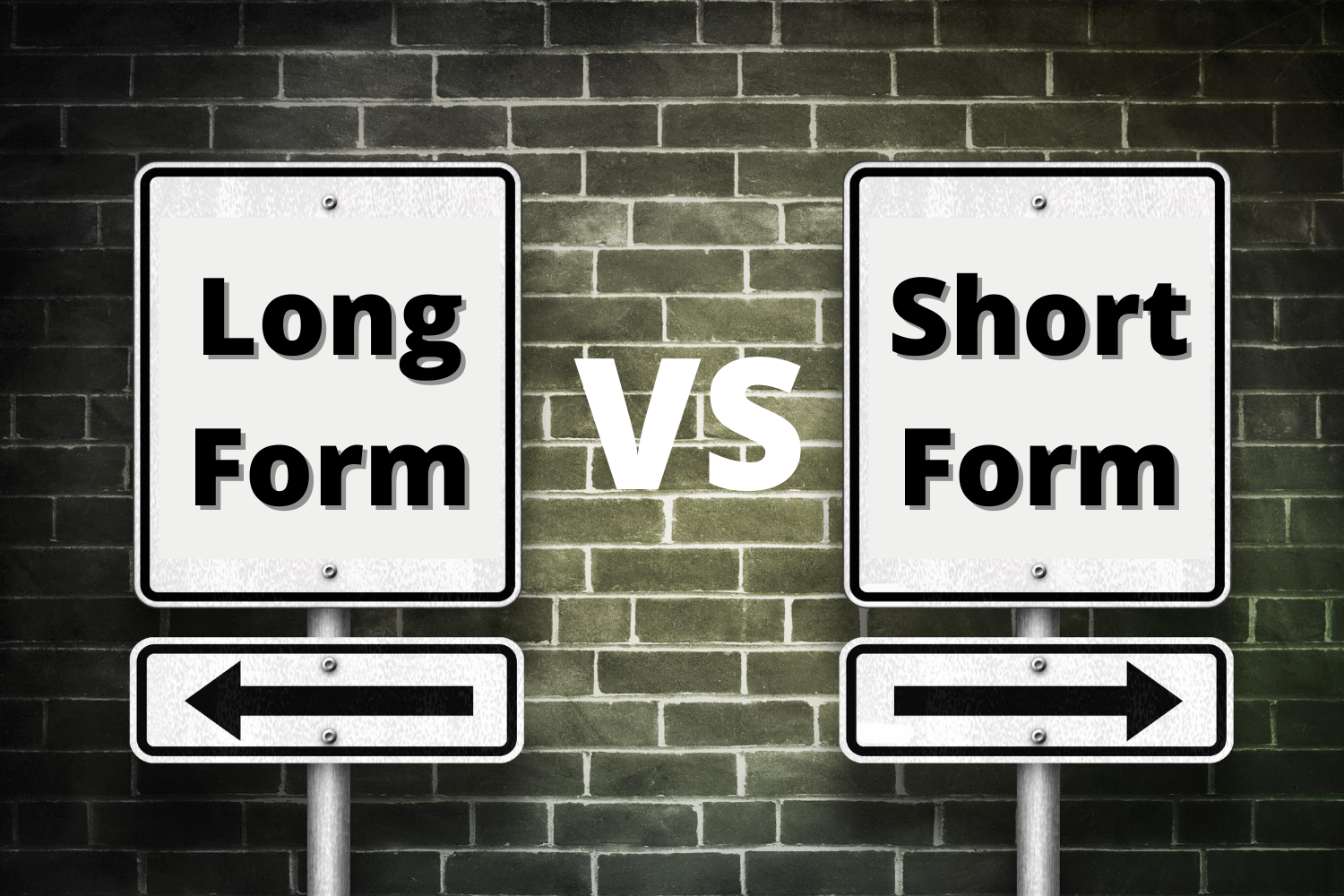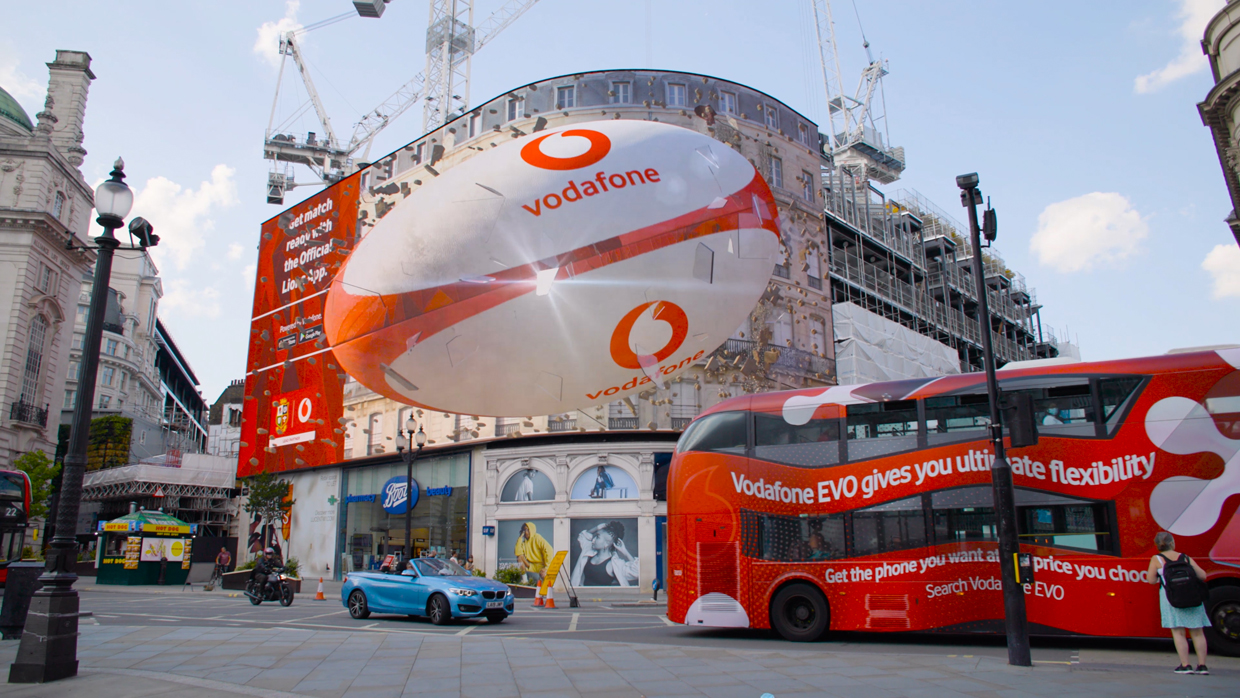What is Native Advertising?
In the fast-paced world of digital marketing, advertisers are constantly seeking innovative ways to engage their target audience without disrupting the user experience. One such strategy that has gained significant traction in recent years is native advertising. At MyHoardings, we believe that understanding native advertising is crucial for brands looking to connect with consumers in a more organic and effective manner.
What is Native Advertising?
Native advertising is a type of paid advertising that matches the form, feel, and function of the content surrounding it. Unlike traditional ads, which are clearly distinct from the content on a page (such as banner ads or pop-ups), native ads blend seamlessly into the user’s browsing or content consumption experience. This integration allows native ads to deliver promotional content in a way that is less intrusive and more engaging.
Examples of native advertising include sponsored articles on news websites, in-feed ads on social media platforms, and recommended content on content discovery platforms.
Why is Native Advertising Effective?
Native advertising is effective because it aligns with the natural user experience, making it less likely to be perceived as disruptive or annoying. Here are a few reasons why native advertising works:
1. Higher Engagement Rates
Native ads tend to generate higher engagement rates than traditional display ads. Since they mimic the format and style of the content in which they appear, users are more likely to interact with them. Studies show that native ads receive higher click-through rates (CTR) and lower bounce rates, indicating that users are more engaged with native content.
2. Improved Brand Perception
Because native ads are designed to be informative, entertaining, or useful, they can enhance a brand’s credibility and authority. When executed correctly, native advertising feels like a natural part of the user experience, which can lead to improved brand perception and greater trust among consumers.
3. Seamless Integration
Native advertising offers a seamless integration into the platform where it appears, allowing brands to reach their audience without interrupting their online experience. This non-disruptive approach helps maintain user satisfaction and avoids the frustration often caused by more intrusive forms of advertising.
4. Better Ad Performance
Due to their contextual relevance and non-intrusive nature, native ads often outperform traditional ads in terms of conversion rates. Users are more likely to engage with content that appears organically within their feed or on a website, leading to better performance metrics such as time spent on the ad, social shares, and conversion rates.
Types of Native Advertising
Native advertising comes in various formats, each designed to fit seamlessly within the user experience of a specific platform. Here are some common types:
1. In-Feed Ads
These ads appear within a social media feed or content feed, resembling regular posts. They are typically labeled as “sponsored” or “promoted” content. Examples include sponsored posts on Facebook, promoted tweets on Twitter, or sponsored content on LinkedIn.
2. Sponsored Content
Sponsored content appears as an article or blog post on a publisher’s website but is paid for by an advertiser. This content is often educational or entertaining, offering value to the reader while subtly promoting the brand’s message.
3. Content Recommendation Widgets
Content recommendation widgets are placed at the end of articles or on the sidebar of a website, suggesting additional content for users to read. These recommendations often include a mix of native ads and organic content, guiding users to more branded content in a natural way.
4. Search Ads
Search ads are native advertisements that appear at the top of search engine results pages (SERPs). They resemble organic search results but are marked as “ad” to indicate they are paid placements.
5. Promoted Listings
Promoted listings are native ads that appear on e-commerce platforms like Amazon or Etsy. They look like regular product listings but are paid placements to gain more visibility.
Best Practices for Native Advertising
To maximize the effectiveness of native advertising, consider these best practices:
- Ensure Relevance: Native ads should provide value to the user by being relevant to their interests and the surrounding content. This can be achieved by tailoring the ad content to the audience’s preferences and needs.
- Be Transparent: Clearly label native ads as sponsored content to maintain trust with your audience. Transparency is key to ensuring that users do not feel deceived by the content they are engaging with.
- Focus on Quality Content: The success of native advertising relies heavily on the quality of the content. Ensure that the ad is informative, engaging, and aligns with the brand’s messaging and values.
- Measure Performance: Track key performance indicators (KPIs) such as click-through rates, engagement rates, and conversion rates to gauge the effectiveness of native ads and refine strategies accordingly.
How MyHoardings Can Help
At MyHoardings, we understand the power of native advertising in today’s digital landscape. Our team of experts can help you create compelling native ad campaigns that resonate with your audience and achieve your marketing objectives. From crafting engaging content to strategically placing ads on the right platforms, we ensure your brand message reaches your target audience effectively and organically.
Contact Us
Interested in leveraging native advertising for your brand? Reach out to MyHoardings today!
- Email: business@myhoardings.com
- Phone: +91-9953847639
- Website: www.myhoardings.com
Let’s work together to create native advertising strategies that blend seamlessly with your audience’s experience and drive meaningful results.



